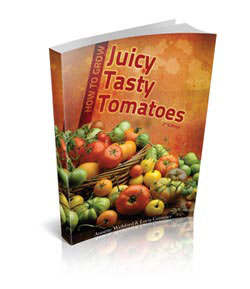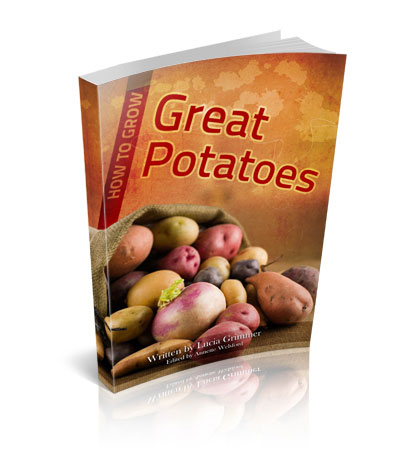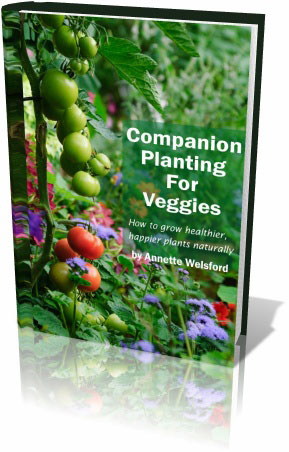You Probably Had No Clue How These Everyday Foods Grow
Peanuts, vanilla, black pepper – these foods are by no means exotic, and you probably use them regularly in the kitchen. But, can you envisage a peanut flower, a vanilla orchid or a peppercorn vine? Keep reading to learn the extraordinary beginnings of these ordinary foods.
Peanuts
 Image credit: Jojonicdao
Image credit: Jojonicdao
There are several misconceptions about the peanut. Some are unaware that the peanut is a legume, and others believe peanuts grow in trees (like walnuts), or as a part of the plants root (like potatoes).
The peanut is a unique plant as it flowers above ground and fruits below ground. Peanuts are therefore grown in loose, well-drained soil, and do well in dry climates.
After pollination, the peanut flower’s stem elongates, causing the stem to bend and the flower to touch the ground. The stem continues to grow, pushing the flower underground where the fruit matures and produces a legume pod. The pod (the peanut) contains between one and four seeds (or ‘nuts’).
After harvesting, peanuts must be ‘cured’ or dried for about a week. This reduces the moisture level by about 40 per cent, making the peanuts safe to eat.
Raw peanuts with the red skin intact can be used to grow a peanut plant. Simply soak the nut in water for 24 hours, and bury in loose, moist soil. The plant is unlikely to produce peanuts if grown in a pot.
Vanilla
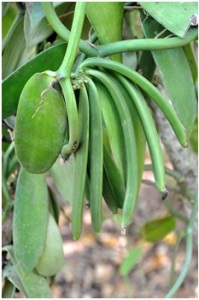 Image credit: Kevin Harber
Image credit: Kevin Harber
The delicious vanilla bean grows on an orchid plant native to the wet jungles of Mexico. The orchid family is one of the largest groups of flowering plant species, prized for their beautiful, exotic flowers. The vanilla plant (vanilla planifolia) is the only orchid traded as a food source.
The vanilla plant is a thick vine, which climbs up to 15 metres (50ft) on a host plant. Vanilla requires the partial shade produced by the host plant in order to produce the valuable vanilla beans and the intricate, white flowers.
Black Pepper
Image credit: Scot Nelson
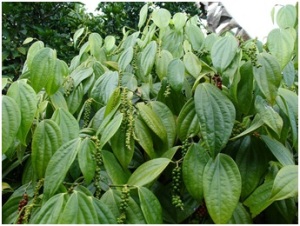 Black, white and green peppercorns all grow on the same flowering vine. The colour of the peppercorns depends on when the fruit is harvested, and whether or not the black shell is removed.
Black, white and green peppercorns all grow on the same flowering vine. The colour of the peppercorns depends on when the fruit is harvested, and whether or not the black shell is removed.
The black peppercorn is native to India, where it has been used as seasoning for thousands of years.
The vine requires a host plant or trellis for support. After harvesting, the peppercorns are dried for up to a week, and then left whole or ground.
If you have tips or experience in growing unusual everyday foods like these, or others, please add your comments below. We’d love to hear about them!
Also visit our Facebook page for more tips.
Tags: black pepper, grow food, peanuts, vanilla








